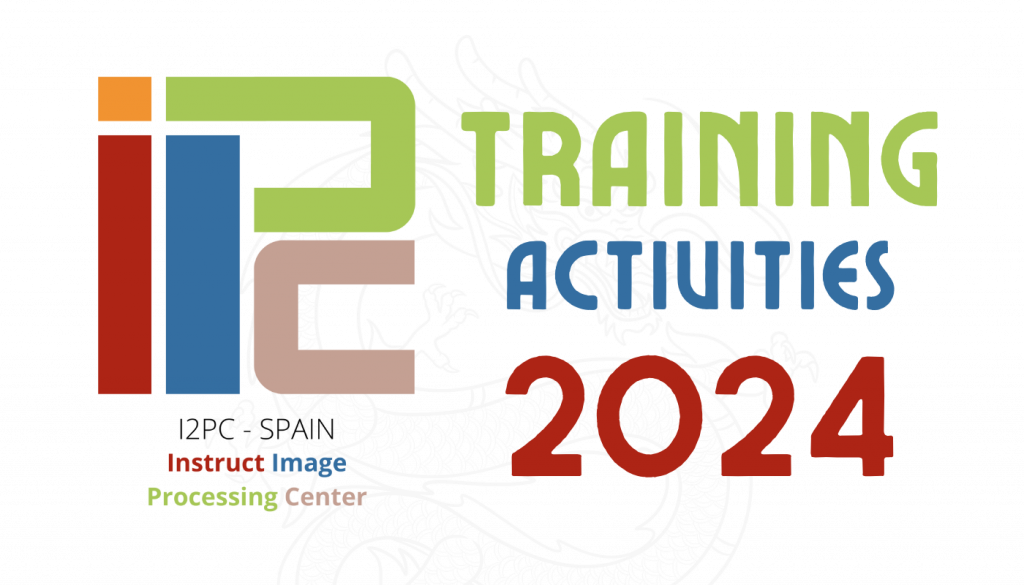
Venue
Madrid’s Institute for Material Sciences (ICMM-CSIC), Madrid, Spain
Madrid, June 17 – 21, 2024
How to find us: Contact | ICMM (csic.es)
Overall aims and course outline
Cryo-Electron Microscopy has established itself as a mature technique to determine the three-dimensional structure of biological macromolecules. It is currently reaching atomic resolution and is capable of accessing the structure of conformationally heterogeneous samples, as well as macromolecular complexes. It is complementary to other structural techniques like X-ray crystallography and Nuclear Magnetic Resonance and at the moment it is the most rapidly growing technique in atomic structure depositions at public databases like the PDB.
The aim of the course is to introduce attendees to two techniques that are normally needed at the end of the Cryo-Electron Microscopy image processing pipeline: 1) understanding the possible continuous heterogeneity/flexibility of the sample, helping to obtain dynamical information in the form of conformational landscapes, and 2) interpreting the reconstructed map by means of an atomic model. The I2PC has a long tradition of organizing courses of image processing and atomic modelling, with Instruct courses that have been heavily oversubscribed and had to be repeated twice in the same year to be able to attend its demand.
We will use our software platform Scipion to present these two topics. Scipion is an integrative platform that allows interoperability among different software packages. In the domain of flexibility analysis, we include our own developments in Xmipp as well as tools coming from CryoDrgn, ProDy and HEMNMA. For the atomic modelling part, we include software like Coot, Chimera, Refmac, Phenix, and AlphaFold. In addition to simplifying the access to all these software packages in an integrated manner, Scipion adds a traceability and reproducibility layer so that any other researcher can understand the modelling workflow followed to reach a particular model.
This course is addressed to investigators at all levels.
Motivation for the I2PC course on conformational and compositional heterogeneity:
We want this course to help researchers to get introduced in the area of flexibility/heterogeneity analysis, one of the most advanced topics in SPA. For some of the most used methods in the field (some developed by us, some by others) we will
present the theory behind the method and perform a short practical. We will do so within the integrative Scipion Flexibility Hub environment, to help in the use of these multiple methods.
Expected impact for young researchers
Atomic modelling of the CryoEM map is currently at the moment the natural next step once the map is reconstructed. Flexibility analysis is currently not so common, but the advantage of CryoEM is that it can capture the different conformations of the macromolecules under study. Both techniques are valuable assets in young researchers already with a background on image processing in CryoEM.
Contacts
Lead contact:
Carlos Oscar Sorzano
email. coss@cnb.csic.es
Administrative Contact:
Blanca Benitez
email: blanca@cnb.csic.es
Tutors
Marta Martinez (MM) – Modelling specialist @BCU/i2PC
Roberto Marabini (RM) – Professor @UAM, Collaborator @BCU/i2PC
Carlos P. Mata (CM) – Single Particle Analysis specialist @BCU/i2pc
Marcos Gragera(MG) – Single Particle Analysis specialist @BCU/i2pc
David Herreros (DH) – Flexibility Hub head developer @BCU
James Krieger (JK) – Flexibility Analysis specialist @ BCU/i2PC
Carlos-Oscar Sorzano (COS) – Group leader @ BCU, Technical Director @ i2PC
Registration Fee
- Academic Registration Fee Instruct countries: Predocs & Postdosc 50€
- Academic Registration Fee Instruct countries: Others 100€
- Academic Registration Fee Non Instruct countries: Predocs & Postdosc 100€
- Academic Registration Fee Non Instruct countries: Others 150€
- Industrial Registration Fee 300€
You can fill your registration here (closed)
Agenda
Times are expressed in CET time Zone
|
DAY 1: Modeling |
09:00-09:15 Welcome |
|
DAY 2: Modelling |
09:00-09:30: Review yesterday’s work |
|
DAY 3: Flexibility |
9:30 – 10:00: Introduction to macromolecular flexibility and Flexibility Hub |
|
DAY 4: Flexibility |
9:30 – 10:00: Review from the previous day |
|
DAY 5: Flexibility |
9:30 – 9:45: Review from the previous day |








